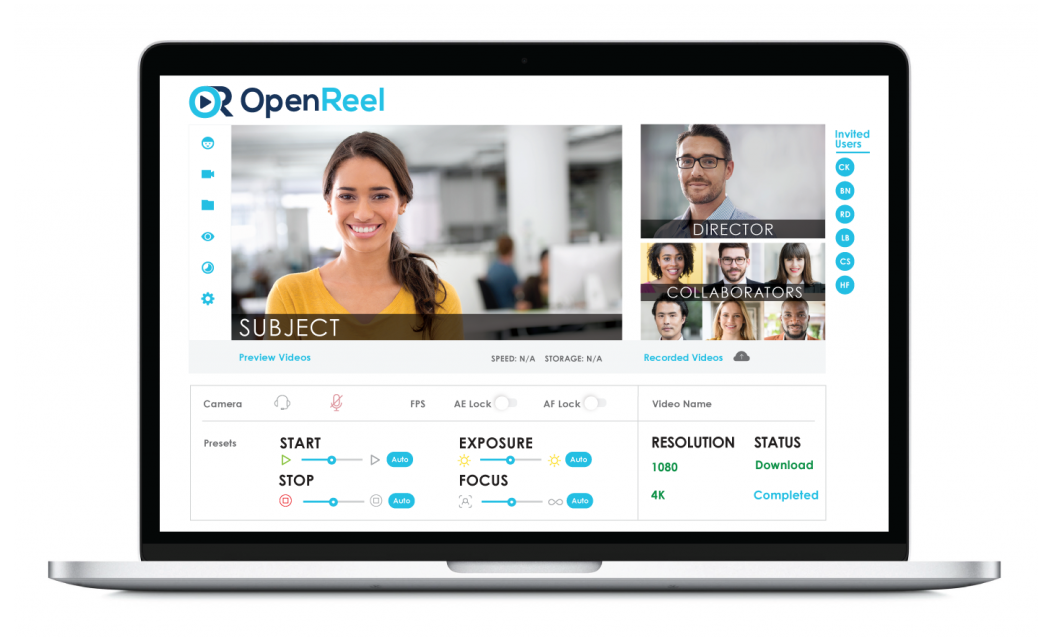One of the first responsibilities I have while starting my internship is learning about this program called OpenReel. I’ve never heard of this program before I began. When doing a bit of research before actually training, I found out that this was an online software that helps people and companies do remote video shooting, selecting, and editing all in one area. This fit perfectly with the previous experience I had working within Moving Pixels. I just had one question: how well does this translate?

I spoke about this in my internship presentation as the future of video recording. It allows people who understand the ideas behind managing a video shoot to accurately use the same information through the internet. This same software allows people who are familiar with in-person camera handling to also translate their skills digitally by giving them the tools to do so. OpenReel allows people to set up cameras, invite subjects, showcase a teleprompter on the same device, and view/download/manage the footage afterwards.
In practice, this translated perfectly. Everything is within its own area on the screen. It’s a bit difficult getting used to where everything is, but as long as you practice and do your best to understand, you’ll be able to remember everything in no-time. One of my favorite features (before the actual tools that I use) would be the amount of technical detail available. I love having the ability to see the ins and outs of the devices used on a set. Being able to get all of this information before a shoot helps be understand exactly how much can we achieve before putting anything into practice.

The tools that I would need to come to understand and use during each shoot would be near the bottom. Being the video producer for KWM, I’d have to understand how to set up the camera, teleprompter for scripts, and file management to download and edit the footage on my end. It sounds like a lot but it was a pretty linear experience. In the photo above, the bottom left tab is all dedicated to camera controls. This meant having control over the exposure, ISO, focus, and temperature; all of the thing’s I’d have to control on an actual camera. Then the tab on the bottom right is dedicated to the teleprompter. I’d be given scripts and format + upload them before the actual shoot happens so we can guarantee an almost flawless shoot each time. Then the window underneath the camera settings is where I would manage video files recorded during shoots. It allows me to upload footage during shoots, after shoots, and allow them to preview them in real-time. This saves a lot of time when deciding if another take is required.

Some of the best things about OpenReel is the fact that we don’t need to have the subject connected to download footage. In the came of time, we could have it upload automatically while they go and do anything they need to. Although OpenReel comes with many positives in terms of translating in-person shoots to online, it does come with a few caveats. One major thing to keep in mind is that they charge you over recording time. Each year, you subscribe to OpenReel and they give you a set amount of hours that belong strictly to recording. Luckily, when a subject joins, you don’t use up recording time. Meaning you can spend all of the time needed to get things set up (such as camera, script, backgrounds, lighting, script rehearsals, etc.) before actually pressing the record button; what actually counts towards the recording time. So we have to be mindful when recording (even though the first few shoots used merely a few minutes of time in total).
Overall OpenReel is an interesting and great software to use. I try to recommend it to as many people and students as I can because I believe it truly IS the future of recording. Using it during the first few shoots with KWM has proven to me how integral this software is during these times. I can’t wait to see what else is in store for the internship.



